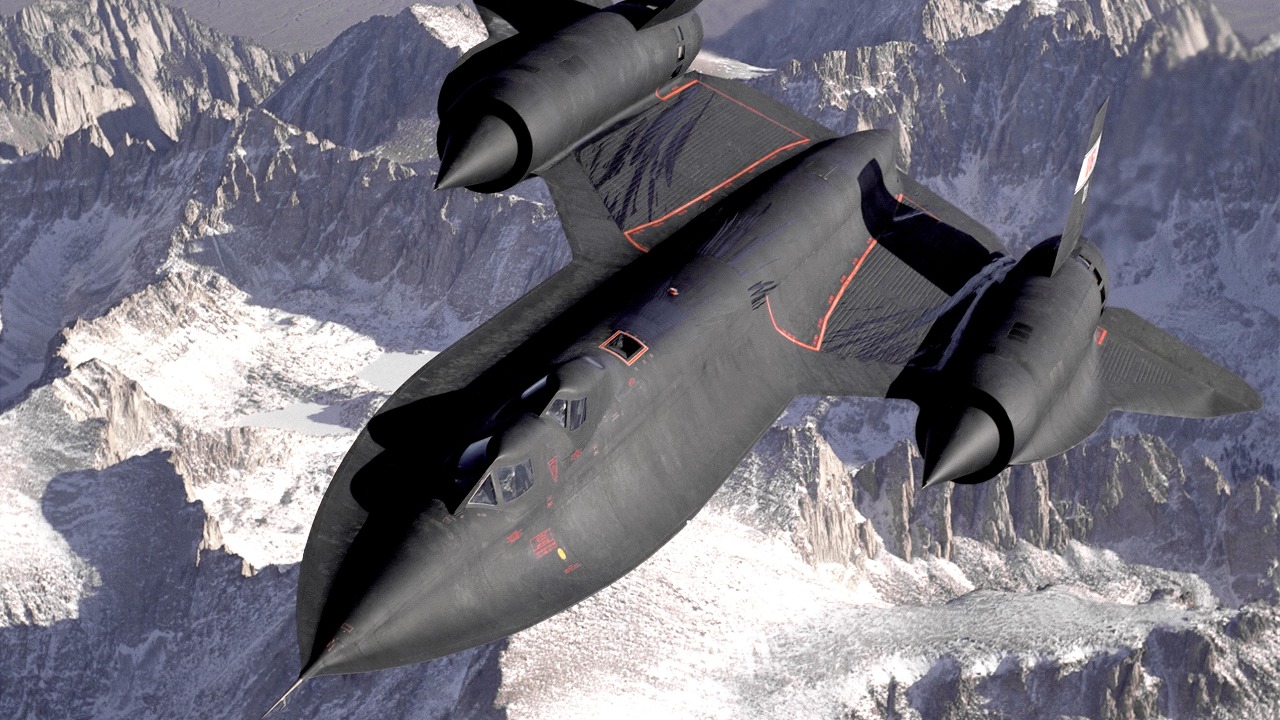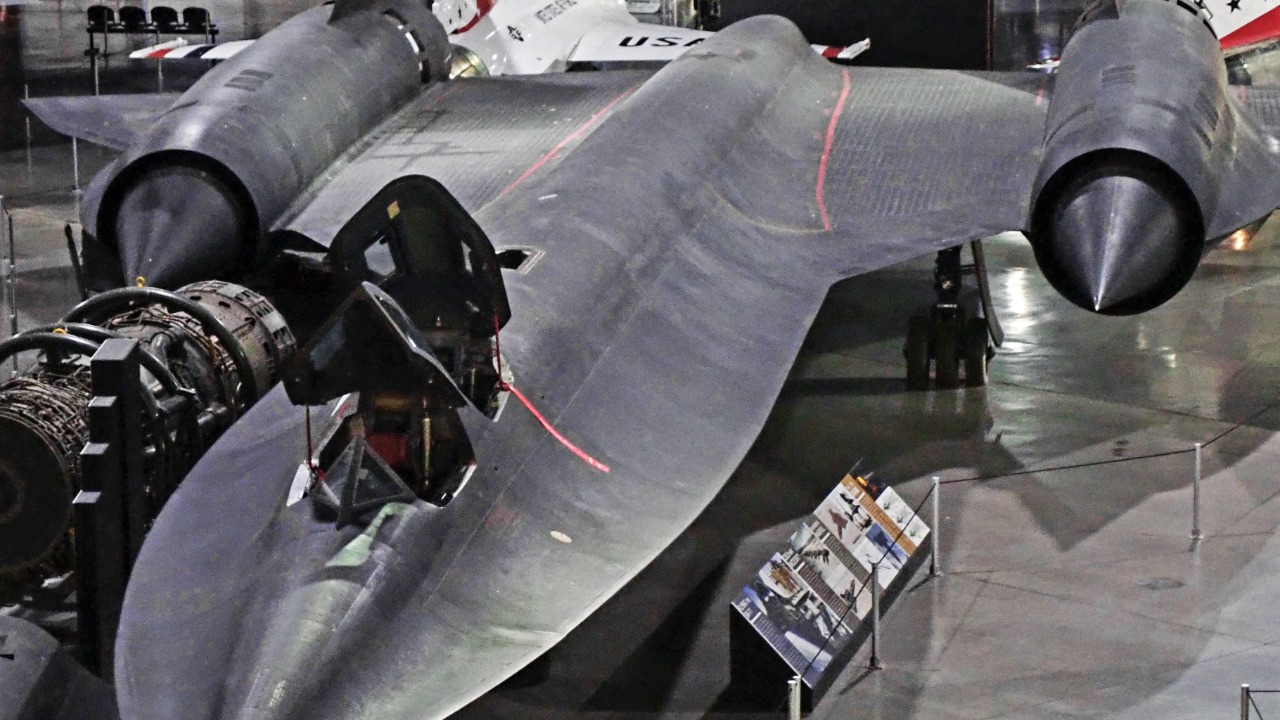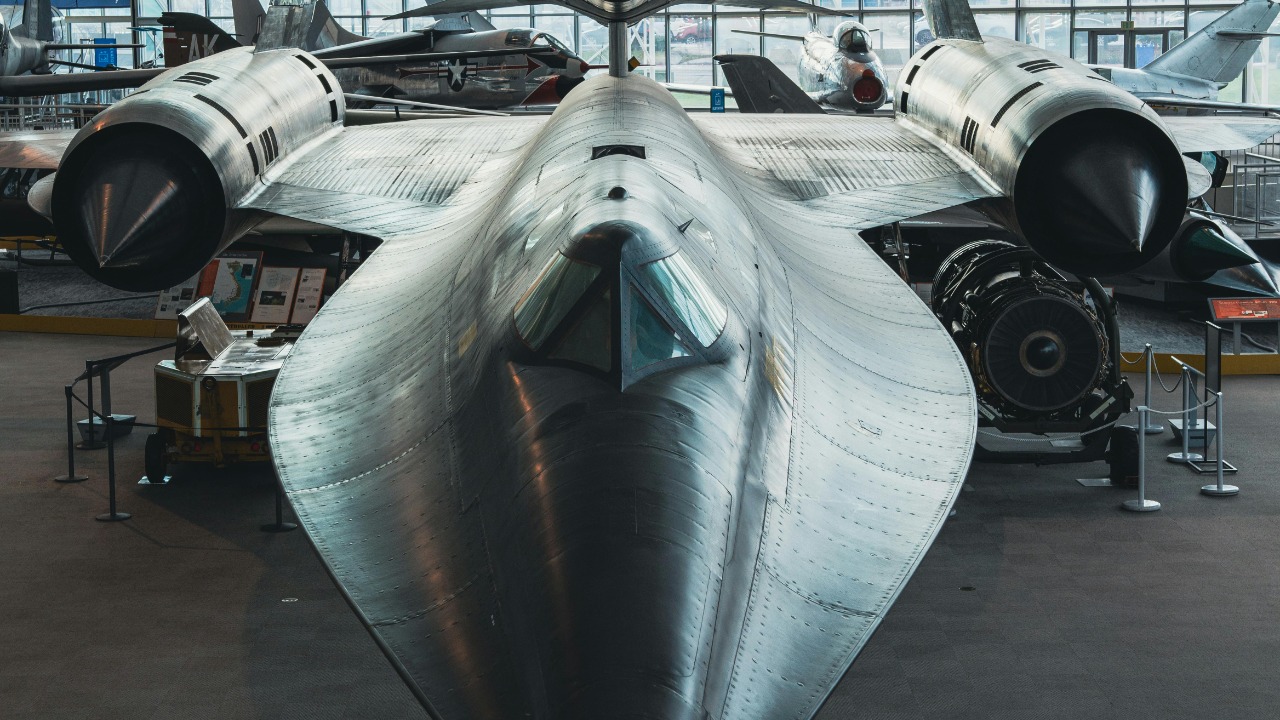
The SR-72, often referred to as the “Son of Blackbird,” is poised to revolutionize aerospace technology with its unprecedented hypersonic capabilities. As the successor to the renowned SR-71 Blackbird, the SR-72 is designed to perform intelligence, surveillance, and reconnaissance missions at speeds previously thought unattainable. Delving into the technological marvels of the SR-72 reveals its potential impact on modern military operations.
The Legacy of the SR-71 Blackbird

The SR-71 Blackbird holds a prestigious place in aviation history, primarily for its unmatched performance during the Cold War. This aircraft was an embodiment of innovation and strategy, designed to fly at speeds exceeding Mach 3.2 and altitudes above 85,000 feet. It was a crucial asset for the United States, providing vital intelligence and reconnaissance capabilities that no other aircraft at the time could match. The Blackbird’s ability to outrun threats set numerous speed and altitude records, establishing it as a formidable tool in the U.S. military’s arsenal.
The SR-71’s design was groundbreaking for its era, featuring advancements in materials and aerodynamics that pushed the boundaries of aerospace engineering. Its titanium structure, a necessity to withstand extreme temperatures at high speeds, was a marvel of engineering ingenuity. The aircraft’s distinctive shape and use of cutting-edge technologies like the J58 engines, which allowed for its unprecedented speed, positioned it far ahead of its contemporaries. However, these innovations also came with challenges. The SR-71 faced operational difficulties, including high maintenance costs and the constant need for specialized fuel. These factors, combined with advancements in satellite technology, ultimately led to its retirement, paving the way for the SR-72’s development.
Technological Advancements of the SR-72

The SR-72 represents a leap forward in aerospace technology, particularly with its hypersonic speed capabilities. Designed to achieve speeds of Mach 6, the SR-72 utilizes cutting-edge propulsion systems that allow it to surpass the SR-71’s already impressive performance. These advances enable the SR-72 to cover vast distances in a fraction of the time, making it an invaluable asset for rapid-response intelligence missions. The shift from turbojet engines to scramjet technology is a key factor in achieving these remarkable speeds, marking a significant evolution in aircraft propulsion.
In addition to its speed, the SR-72 boasts enhanced stealth and design features that reduce its radar cross-section, making it less detectable by enemy systems. The aircraft’s sleek design and advanced materials contribute to its stealth capabilities, allowing it to perform missions in hostile environments with a lower risk of detection. Furthermore, the SR-72 integrates sophisticated AI and autonomous navigation systems, enabling it to operate without a pilot. This autonomy not only reduces risks to human life but also increases the aircraft’s operational flexibility, allowing it to undertake missions that would be impractical or too dangerous for manned flights.
Strategic Military Implications

The SR-72’s capabilities significantly enhance reconnaissance and surveillance operations. Its ability to reach high altitudes at incredible speeds allows it to gather real-time intelligence over vast areas, offering a strategic advantage in military operations. This capability is crucial in modern warfare, where timely and accurate data is essential for decision-making. The SR-72 can provide continuous surveillance over contested regions, delivering critical information that can influence the outcome of conflicts.
Beyond reconnaissance, the SR-72 holds potential as a hypersonic weapon platform. Its speed and stealth make it an ideal candidate for delivering hypersonic weapons, providing the capability to strike targets with unprecedented speed and precision. This development could alter the balance of power, as nations seek to develop similar technologies to counter such capabilities. The SR-72’s introduction into military service is likely to influence global security dynamics, serving as both a deterrent and a catalyst for new arms races.
Development and Testing Phases

The development of the SR-72 is a collaborative effort involving Lockheed Martin and various government agencies. These partnerships are crucial for funding and resource allocation, ensuring that the project receives the necessary support to succeed. Lockheed Martin’s Skunk Works division, renowned for its innovative projects, plays a pivotal role in bringing the SR-72 from concept to reality. The development process involves rigorous testing phases, each designed to validate the aircraft’s capabilities and address technical challenges.
Throughout its development, the SR-72 has achieved several key testing milestones, demonstrating its potential to meet the demanding requirements of modern military missions. These milestones include successful propulsion tests and validation of its stealth characteristics. However, the journey has not been without challenges. Technical hurdles related to propulsion and materials must be overcome to ensure the SR-72 can withstand the extreme conditions of hypersonic flight. Despite these challenges, the projected timeline for the SR-72’s operational deployment remains optimistic, with expectations for it to enter service within the next decade.
Public and International Reactions

The SR-72 project has generated a mix of enthusiasm and skepticism among the public. While many are excited about the technological advancements and the potential for innovation in aerospace, there are also concerns about the implications for military escalation. The introduction of a new hypersonic platform raises questions about the future of warfare and the ethical considerations of such powerful technologies. Public discourse reflects a balance between admiration for the engineering achievements and caution regarding their potential impact on global security.
Internationally, the SR-72 has prompted varied responses, with some nations viewing it as a threat to the existing military balance. The development of such advanced capabilities can lead to increased tensions and a race to develop comparable technologies. Countries around the world are closely monitoring the SR-72’s progress, as its deployment could influence global aerospace competition and impact existing arms treaties. Media coverage has been extensive, with speculation about the SR-72’s capabilities and potential missions fueling both intrigue and concern. The aircraft’s development is closely watched, as its introduction could signal a new era in military aviation.